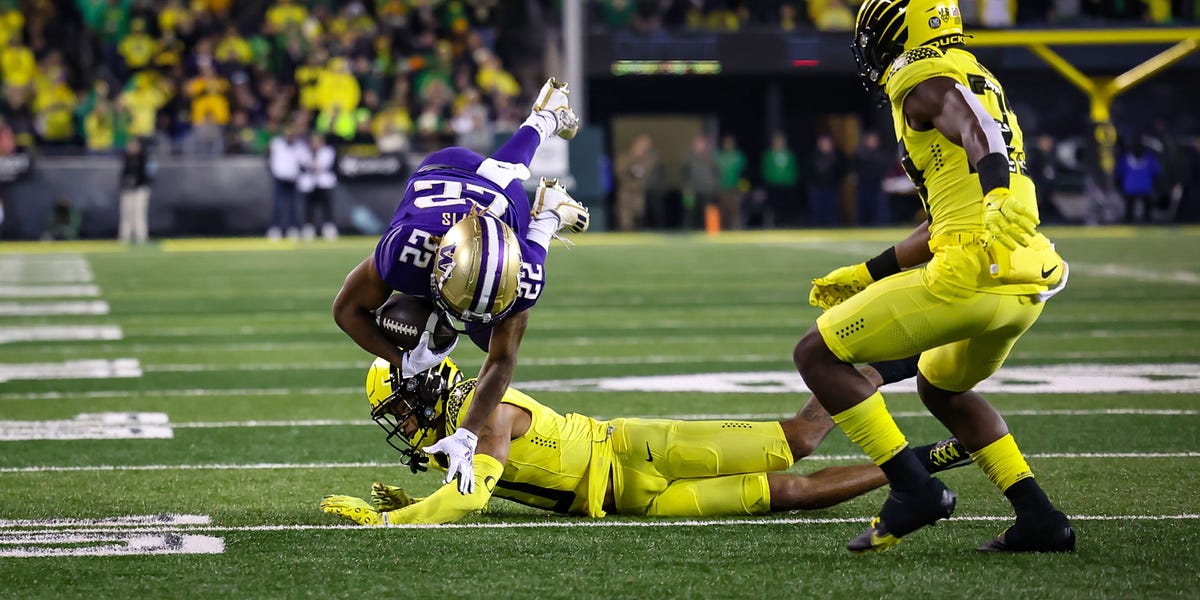I think we need to start by defining a) what a blue blood is and b) how many there truly are.
First off, blue bloods need to be a relatively static position because the number thing about it is being consistently good over a very long period of time. Having said that, I think you have to also admit that sometimes teams can slide in or out. For example, Army, Navy, and even the Nubs could have been considered blue bloods once, but they are absolutely not now. I think you can include Miami, Florida St, and Florida as schools that once were but are not now blue bloods. TBH, you can argue that USC has flirted with falling out of that group for a while. You also have to consider teams that might be good for a while but have not necessarily good enough or for long enough. Is Oregon a blue blood? I don't think so.
Secondly, you have to have a national brand, which excludes a ton of schools that have been good in the past or are good once in a while. A lot of SEC schools might think they're blue bloods, but they're really not. Tennessee isn't a blue blood. Florida isn't (anymore). Auburn isn't.
Thirdly, and this might flow from the other two, you have to have cash. It might seem unfair, but the other two both generate and are created by cash. CU actually flirts with a national brand from time to time. It's easy for us to be a national brand when we're good. People seem to like our colors, Ralphie, etc. Prime has us on a national brand trajectory right now. And we might start winning a lot because of it. But we have rarely had cash. Whether it be from large numbers of wealthy alumni/boosters like a lot of blue bloods or a patron like Uncle Phil, we don't have it. Oddly, other schools have plenty of cash - like the Nubs, A&M, Stanford, but do not have the winning tradition to be blue bloods.
But taking all of that into account - winning tradition, national brand, heaps of cash - how many blue bloods are there really?
My argument is - not many. Notre Dame is the ultimate blue blood. Maybe they haven't won a natty in a while, but they were in the playoffs not too terribly long ago, and they're Notre Dame. They've won more nattys than anyone else, they're still consistently ranked, everyone knows who they are, and they have boatloads of cash. I hate them. Michigan and Ohio State have been blue bloods forever and probably will be forever. Always in the top ten, multiple playoff appearances, everyone knows who they are, again, mountains of cash. Alabama, Georgia and LSU are self-explanatory. Oklahoma, despite repeated sodomizings in the playoff, are definite blue bloods, and Texas I think has won just enough in the last 20 years to retain their status. College football is going to be completely different in 20 years anyway, but it'll be interesting what happens with those two after they're in the SEC for a while. I guess Clemson is a blue blood? They win, and they go a long time without winning, then they win again, now we'll see. I'm not sure Clemson is the household name the others are. Finally out West there's USC and only USC. Oregon is still nouveau riche and haven't actually won that much. Washington is another might have had the chance at one point but definitely not now.
Am I missing anyone? I've named 9.
TL : DR - let's stop talking about blue bloods, there's only a few of them and we won't ever be one.



